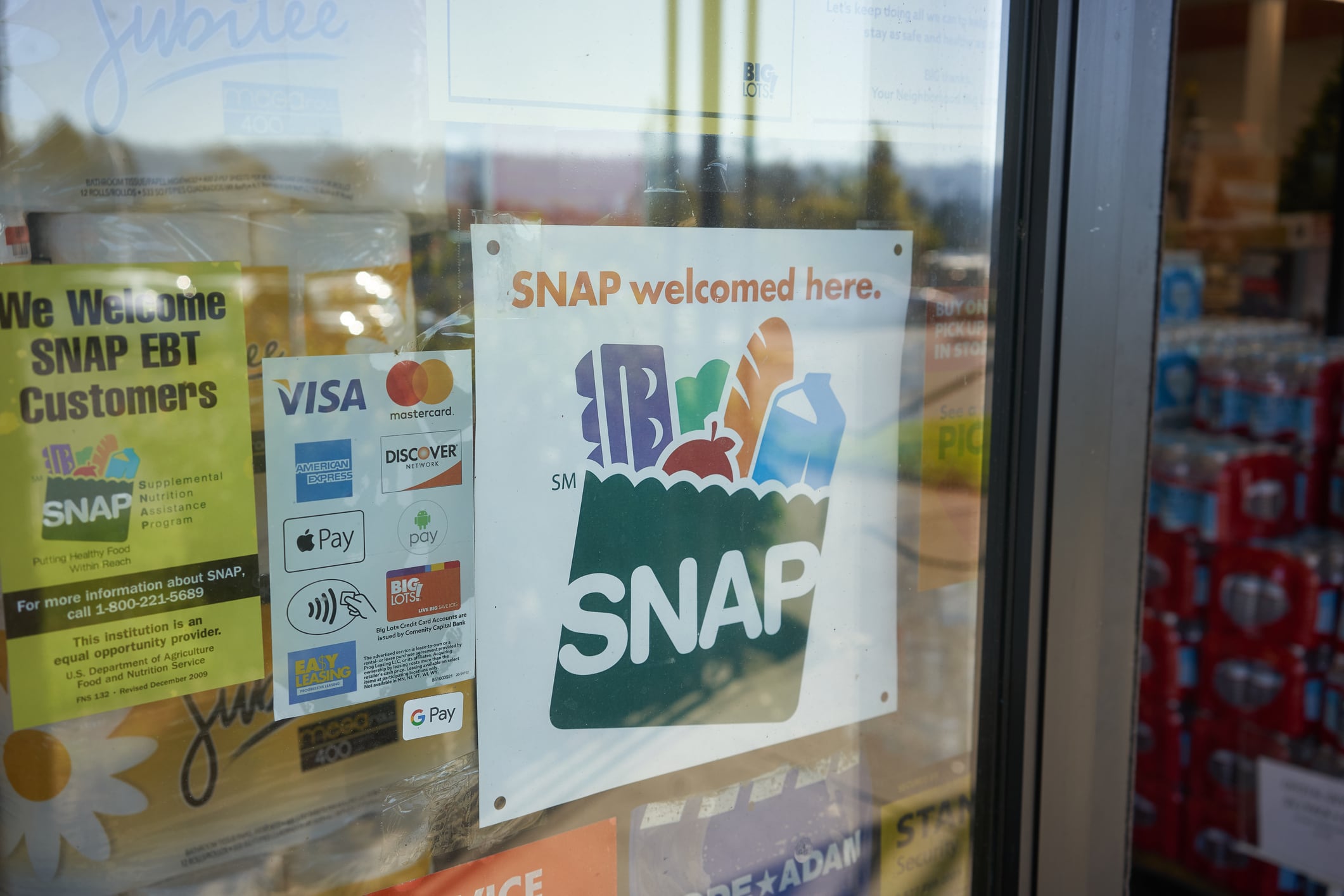As Congress fails to reach a funding agreement, an estimated 40 million Americans who rely on SNAP are facing a growing crisis. In response, federal judges in Rhode Island and Massachusetts ordered the Trump Administration to continue funding SNAP, on Friday, Oct. 31. The ruling comes after 25 states, including Washington DC, filed a lawsuit on Oct. 28 to use any available funds to cover benefits.
The federal government is gridlocked with approving $5 billion in emergency nutrition assistance – barely half of what’s needed to keep the program running through November – is rippling through the food supply chain, with CPG brands, retailers and online platforms scrambling to fill the gap.
This latest funding lapse follows weeks of mounting strain. The shutdown has already disrupted SNAP and WIC reimbursements, forcing grocers to reforecast inventory, pause supplier orders and brace for weaker consumer spending.
Amazon earlier this summer expanded its own grocery access to over 40 million SNAP shoppers, signaling the private sector’s growing role in maintaining benefit continuity amid government instability.
Instacart steps in with direct relief
Instacart, which has been increasingly vocal about food policy modernization, announced on Oct. 31 that it will offer active EBT customers 50% off their next grocery order – up to $50 –representing a $5 million commitment in direct relief. The company also tripled the size of its nationwide Community Carts program to support more than 300 food banks preparing for an unprecedented surge in demand.
“We’re committed to ensuring every family in every community can put nutritious food on the table,” said Dani Dudeck, chief corporate affairs officer at Instacart. “As SNAP funding faces unprecedented disruption and food banks brace for longer lines, we’re focused on practical, immediate solutions: helping families who use SNAP stretch their grocery dollars and helping food banks stock up to support their communities.”
The move builds on Instacart’s broader health policy agenda, which calls for modernized SNAP, WIC and Food-as-Medicine frameworks that reflect how Americans shop and eat today. The company is urging policymakers to digitize benefit programs, simplify enrollment and support a more inclusive retail ecosystem – one that could benefit both low-income shoppers and CPG brands competing for their share of basket.
Retailers brace for continued uncertainty
Industry groups are also stepping in to keep the public informed. FMI – The Food Industry Association launched a new resource hub to track state-by-state SNAP funding updates and provide retailers with clarity as they navigate shifting benefit timelines.
“As an industry that serves families in every community in America, we know firsthand how essential federal hunger and nutrition programs like SNAP and WIC are to customers experiencing difficult times and to the overall stability of our food system,” said Jennifer Hatcher, chief public policy officer at FMI.
“When one leg of the stool that the government committed to provide is removed, it doesn’t just affect customers’ ability to feed their families; it also impacts store scheduling of employees, supplier orders and staffing, and the tax base of local economies across the country.”
Hatcher emphasized that while many states and companies are stepping up with temporary relief, “long-term stability for SNAP and WIC and vulnerable families requires the restoration of the federal commitment to these programs.”
Meanwhile, new state bans on sweets add complexity
Adding to the uncertainty, a growing number of states are pushing forward with “no-sweets” SNAP laws that would prohibit the purchase of candy, soda and other high-sugar items with federal benefits. At least a dozen states have received or are pursuing USDA waivers to enforce these restrictions starting in early 2026.
For retailers, compliance could mean reprogramming payment systems to flag hundreds of thousands of SKUs – a process estimated to cost the industry roughly $1.6 billion. Convenience stores and small grocers say they’re already preparing for the logistical fallout, while larger chains are weighing how to maintain assortment and pricing parity across states with differing rules.




